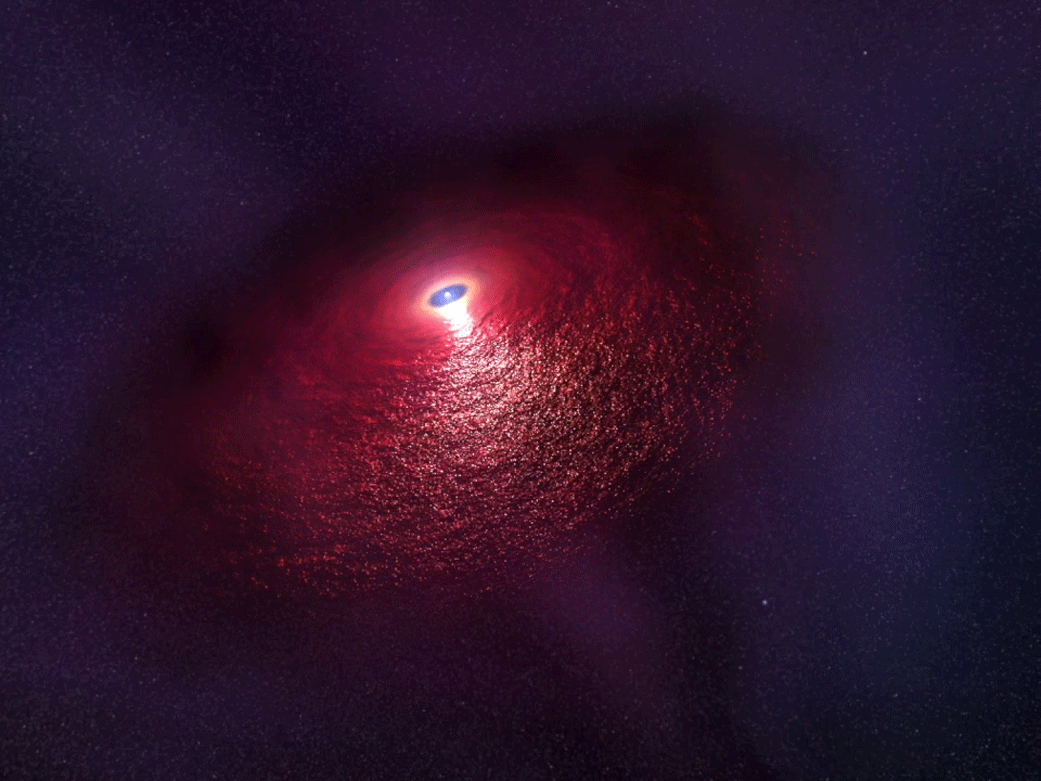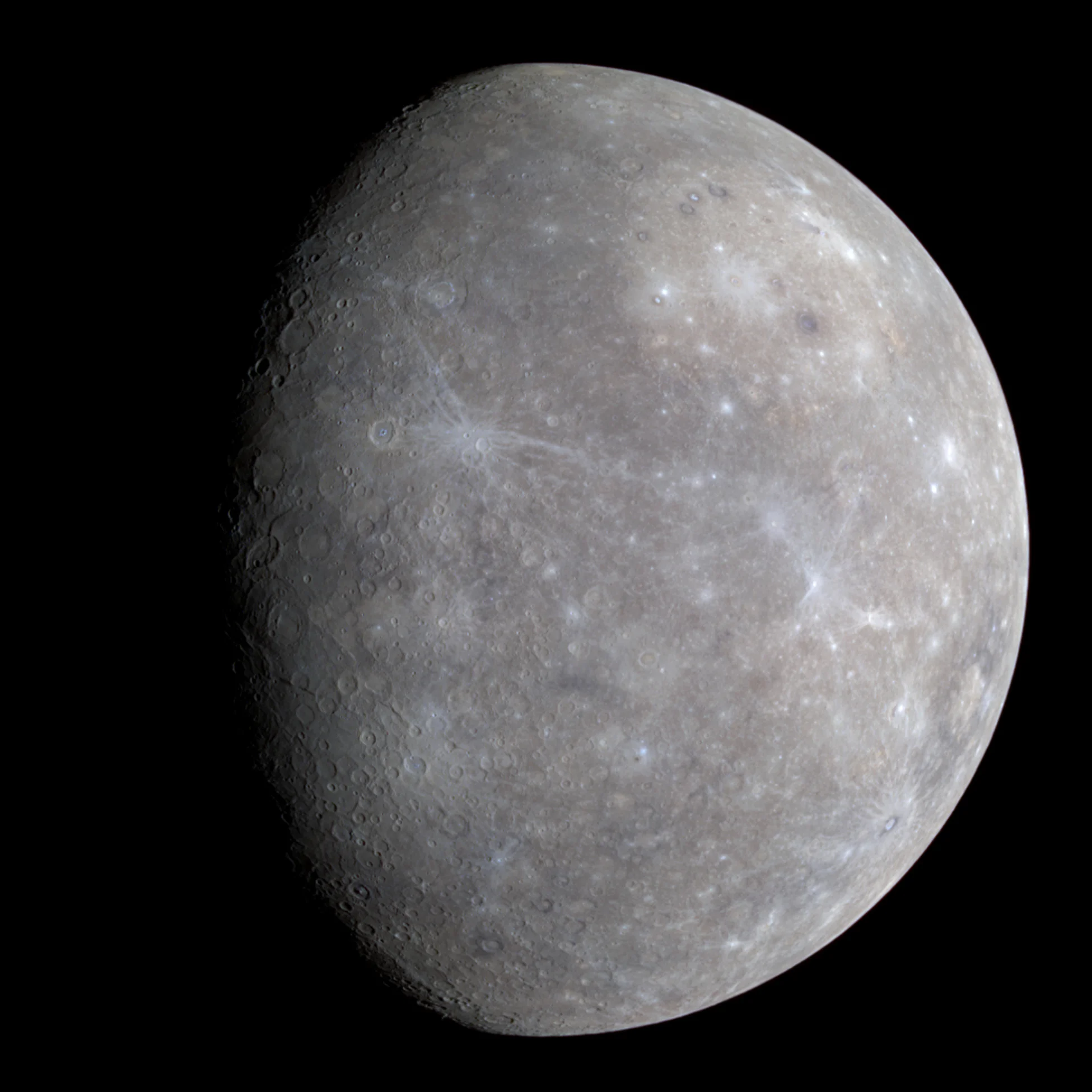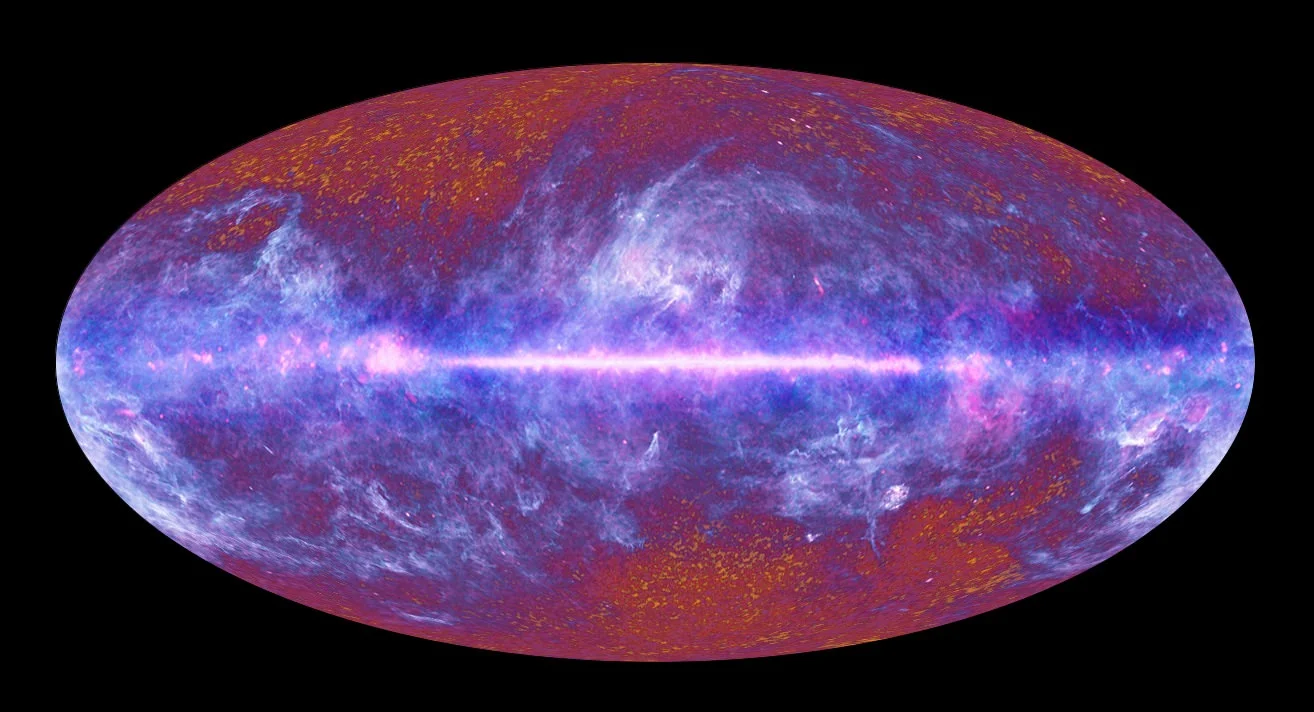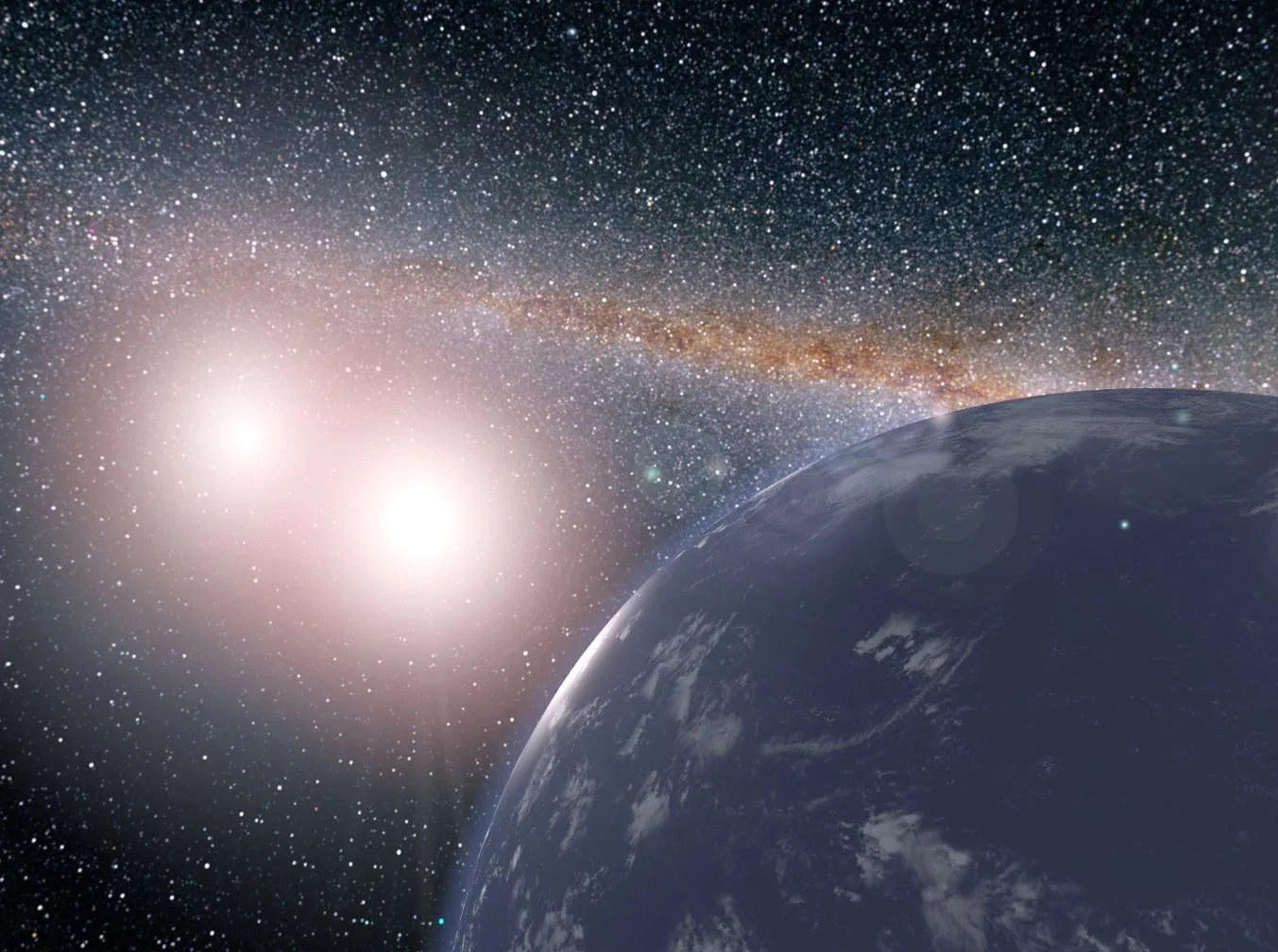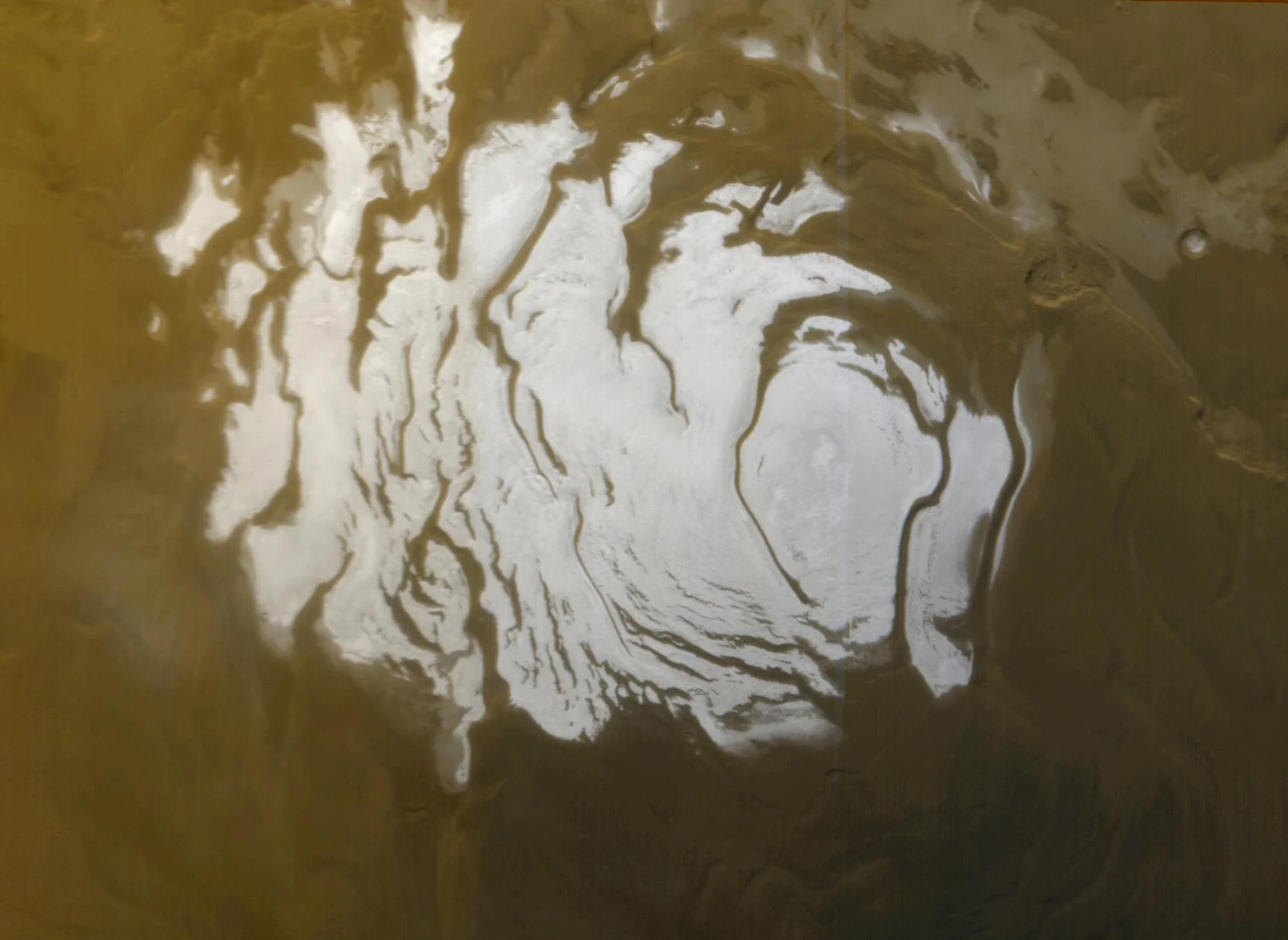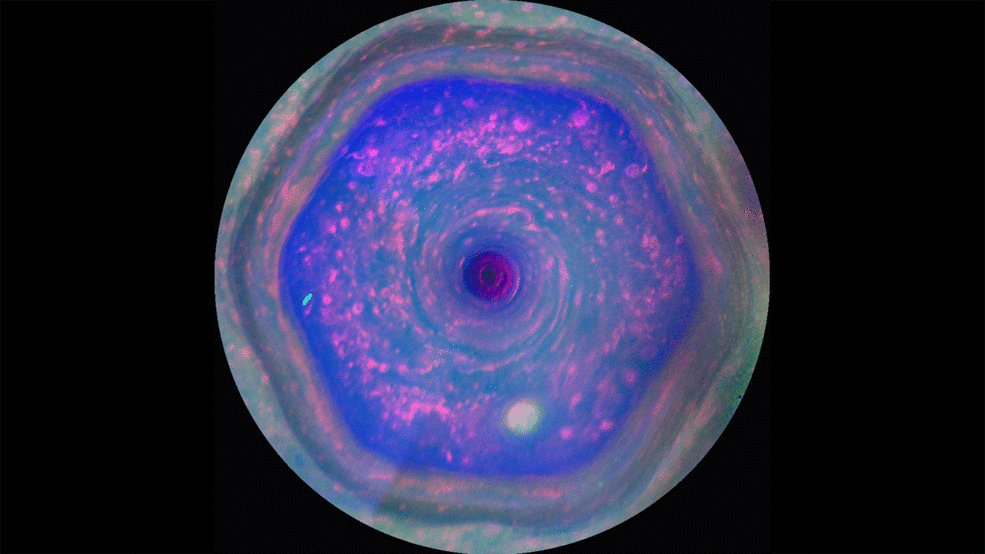According to the Big Bang cosmological model, our Universe began 13.8 billion years ago when all the matter and energy in the cosmos began expanding. This period of “cosmic inflation” is believed to be what accounts for the large-scale structure of the Universe and why space and the Cosmic Microwave Background (CMB) appear to be largely uniform in all directions.
To Avoid Vision Problems in Space, Astronauts Will Need Some Kind of Artificial Gravity
Ever since astronauts began going to space for extended periods of time, it has been known that long-term exposure to zero-gravity or microgravity comes with its share of health effects. These include muscle atrophy and loss of bone density, but also extend to other areas of the body leading to diminished organ function, circulation, and even genetic changes.
NASA’s TESS Shares First Science Image in Hunt to Find New Worlds
NASA’s newest planet hunter, the Transiting Exoplanet Survey Satellite (TESS), is now providing valuable data to help scientists discover and study exciting new exoplanets, or planets beyond our solar system. Part of the data from TESS’ initial science orbit includes a detailed picture of the southern sky taken with all four of the spacecraft’s wide-field cameras. This “first light” science image captures a wealth of stars and other objects, including systems previously known to have exoplanets.
The Closest Planet Ever Discovered Outside the Solar System Could be Habitable With a Dayside Ocean
In of August of 2016, astronomers from the European Southern Observatory (ESO) confirmed the existence of an Earth-like planet around Proxima Centauri – the closest star to our Solar System. In addition, they confirmed that this planet (Proxima b) orbited within its star’s habitable zone. Since that time, multiple studies have been conducted to determine if Proxima b could in fact be habitable.
Hubble Uncovers Never-Before-Seen Features Around a Neutron Star
An unusual infrared light emission from a nearby neutron star detected by NASA’s Hubble Space Telescope could indicate new features never before seen. One possibility is that there is a dusty disk surrounding the neutron star; another is that there is an energetic wind coming off the object and slamming into gas in interstellar space the neutron star is plowing through.
Forming Dense Metal Planets like Mercury is Probably Pretty Difficult and Rare in the Universe
The planet Mercury, the closet planet to our Sun, is something of an exercise in extremes. Its days last longer than its years and at any given time, its sun-facing side is scorching hot while its dark side is freezing cold. It is also one of the least understood planets in our Solar System. While it is a terrestrial (i.e. rocky) planet like Earth, Venus and Mars, it has a significantly higher iron-to-rock ratio than the others.
A Galactic Gem
What is the Cosmic Microwave Background?
For thousands of years, human being have been contemplating the Universe and seeking to determine its true extent. And whereas ancient philosophers believed that the world consisted of a disk, a ziggurat or a cube surrounded by celestial oceans or some kind of ether, the development of modern astronomy opened their eyes to new frontiers. By the 20th century, scientists began to understand just how vast (and maybe even unending) the Universe really is.
New Reasons why Pluto Should be Considered a Planet After All
In 2006, during their 26th General Assembly, the International Astronomic Union (IAU) passed a resolution to adopt a formal definition for the term “planet”. According to this definition, bodies that orbit the Sun, are spherical, do not orbit other bodies, and have cleared their orbits were designated planets. Pluto, and other such bodies that did not meet all of these requirements, would thereafter be designated as “dwarf planets”.
Europan Space Whales Anyone? Planets Covered by Deep Oceans Can Still Have Life on Them
In recent decades, astronomers have discovered many planets that they believe are “Earth-like” in nature, meaning that they appear to be terrestrial (i.e. rocky) and orbit their stars at the right distance to support the existence of liquid water on their surfaces. Unfortunately, recent research has indicated that many of these planets may in fact be “water worlds“, where water makes up a significant proportion of the planet’s mass.
What on Earth could live in a salt water lake on Mars? An expert explains
Tantalizing new evidence has suggested that there may be a salty lake below a glacier on Mars. While brine at freezing temperatures does not sound like the most hospitable of environments, it is difficult to resist pondering whether organic life could survive – or even make some kind of living – there
Saturn's Famous Hexagon May Tower Above the Clouds
How the next generation of ground-based super-telescopes will directly observe exoplanets
Over the past few decades, the number of extra-solar planets that have been detected and confirmed has grown exponentially. At present, the existence of 3,778 exoplanets have been confirmed in 2,818 planetary systems, with an additional 2,737 candidates awaiting confirmation. With this volume of planets available for study, the focus of exoplanet research has started to shift from detection towards characterization.
Hubble observes energetic lightshow at Saturn’s north pole
Astronomers using the NASA/ESA Hubble Space telescope have taken a series of spectacular images featuring the fluttering auroras at the north pole of Saturn. The observations were taken in ultraviolet light and the resulting images provide astronomers with the most comprehensive picture so far of Saturn’s northern aurora.
Telescope pierces into one of the biggest nebulae in the milky way to reveal its newly forming (and nearly dying) stars
Located about 7500 light-years from Earth, in the constellation of Carina, lies a star-forming region known as the Carina Nebula. This dynamic, evolving cloud of interstellar gas and dust measures about 300 light-years in diameter and is one of the Milky Way’s largest star-forming regions. It is also an exercise in contrasts, consisting of bright regions of gas illuminated by intense stellar radiation and dark pillars of dust that obscure star formation.
Building bricks on the moon from lunar dust
In the coming decades, many space agencies hope to conduct crewed missions to the Moon and even establish outposts there. In fact, between NASA, the European Space Agency (ESA), Roscosmos, and the Indian and Chinese space agencies, there are no shortages of plans to construct lunar bases and settlements. These will not only establish a human presence on the Moon, but facilitate missions to Mars and deeper into space.
Hubble’s Lucky Observation of an Enigmatic Cloud
The little-known nebula IRAS 05437+2502 billows out among the bright stars and dark dust clouds that surround it in this striking image from the Hubble Space Telescope. It is located in the constellation of Taurus (the Bull), close to the central plane of our Milky Way galaxy. Unlike many of Hubble’s targets, this object has not been studied in detail and its exact nature is unclear.
How a NASA Scientist Looks in the Depths of the Great Red Spot to Find Water on Jupiter
For centuries, scientists have worked to understand the makeup of Jupiter. It’s no wonder: this mysterious planet is the biggest one in our solar system by far, and chemically, the closest relative to the Sun. Understanding Jupiter is key to learning more about how our solar system formed, and even about how other solar systems develop.
15 of Spitzer's Greatest Discoveries From 15 Years in Space
There are so many water-worlds out there
Ever since the first exoplanet was confirmed in 1992, astronomers have found thousands of worlds beyond our Solar System. With more and more discoveries happening all the time, the focus of exoplanet research has begun to slowly shift from exoplanet discovery to exoplanet characterization. Essentially, scientists are now looking to determine the composition of exoplanets to determine whether or not they could support life.



